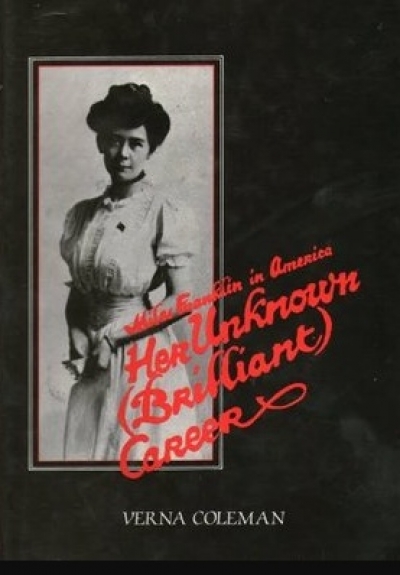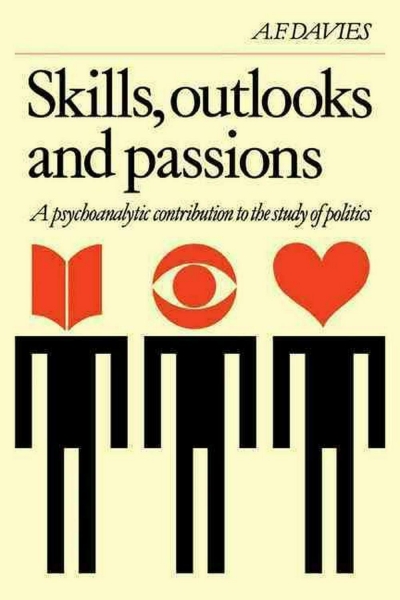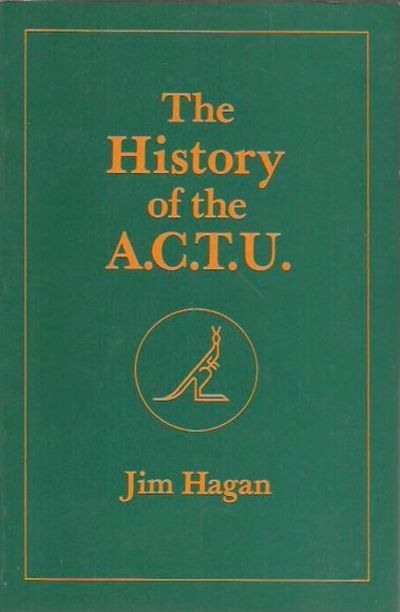Archive
Power Conflict and Control in Australian Trade Unions edited by Kathryn Cole
by Leo Hawkins •
Her Unknown (Brilliant) Career: Miles Franklin in America by Verna Coleman
by Beatrice Faust •
Skills, Outlooks and Passions: A psychoanalytical contribution to the study of politics by A.F. Davies
by Jocelyn Clarke •
Mucking Around: Five continents over fifty years by Naomi Mitchison
by Stephen Murray-Smith •
The four books reviewed here may be divided into two categories: the first, consisting of The Gosses: An Anglo-Australian Family, by Fayette Gosse, and Dinkum Mishpochah*, by Eric Silbert, is family biography, while the second, into which fall The Tanner Letters, edited by Pamela Statham, and Don Charlwood’s The Long Farewell, is the reconstruction, by means of such primary sources as letters and diaries, of the Australian past. Though these are very broad classifications, they serve to highlight the differences as well as the similarities between the members of each group.
... (read more)








